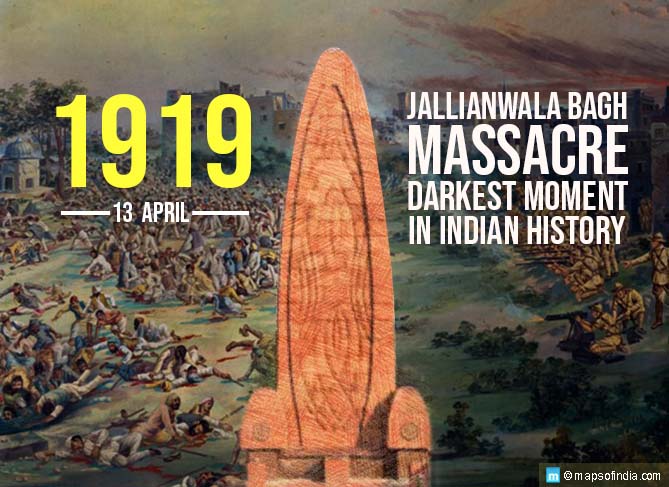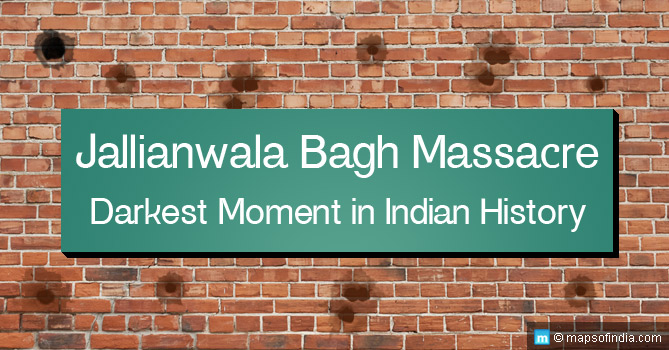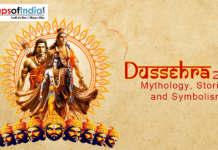
Passed by the British government in March 1919 to get a grip on power over ordinary citizens, the Rowlatt Act entitled the police personnel to arrest any person without any reason whatsoever. It was termed after the Rowlatt Committee’s President, Sir Sidney Rowlatt. The purpose of bringing this Act in effect was to abolish revolt and remove any conspiracy theories against the British from India. Under this act, people who indulged in rebellion against the British could be sent to jail for up to 2 years without trial. Any suspect could be nabbed without a warrant and could be detained for an extended period. The act also gave the government power to muzzle the press’s voice if they wanted to probe the reasons behind it with the evidence.
Consequently, they prohibited public gatherings of any cultural or religious sort. To revoke this act, Mahatma Gandhi and the other leaders called for a Hartal (suspended all activities) to make them view the rejection by Indians with this rule. Many freedom fighters and nationalists were arrested after protesting against it.
The Imperial Legislative Council cleared the Anarchical and Revolutionary Crimes Act (the official name of the Rowlatt Act) irrespective of the united opposition from the Indian members of the council. All of them resigned while the protest was on. The bills were called “black laws”.These consisted of Mohammed Ali Jinnah, Madan Mohan Malviya and Mazhar Ul Haq. Two prominent Congress leaders Satya Pal and Saifuddin Kitchlew were arrested on April 10. The protest was grisly when the government implemented the act, and the army was called in Punjab to control the situation.
Gandhiji called for a nationwide hartal on April 6 in response to the act. It was known as the Rowlatt Satyagraha. Many places such as Bombay, Ahmadabad, Nadiad, and Punjab saw an ugly turn leading to riots and violence. The movement was suspended by Gandhiji when the rioting took place in some provinces, especially in Punjab, where the situation was not acceptable.
Jallianwala Bagh Massacre under Rowlatt Act
On April 13, 1919, a protest was organised in Jallianwala Bagh, Amritsar. Several people from various parts of Punjab came together in large numbers there since it was their religious festival named Baisakhi. Martial law was already in place where not over four people were allowed. The Lieutenant-Governor of Punjab at that time was Michael O’Dwyer, while India’s viceroy was Lord Chelmsford.
Jallianwala Bagh was an enclosed garden comprising five narrow exits. Being unaware of the prohibition on the congregations under the Rowlatt Act, as soon as people entered, General Dyer, along with his forces, opened fire on them, pointing out all the exits. Nearly 1000 innocent people were killed, and more than 1200 were injured in this massacre that was the nightmare of the entire British rule.
This tragedy came as a shock to Indians; many national leaders condemned the act and Dyer completely. However, Dyer’s action satisfied many in Britain and the British in India, although some people in the British government criticised his actions. Those who did consist of Winston Churchill and former Prime Minister H.H Asquith. The government formed the Hunter Commission to investigate the massacre. The commission condemned the conduct by Dyer; however, it did not inflict any disciplinary action against him.
In 1920, he was relieved of his duties in the army. The then Lieutenant-Governor of Punjab Michael O’Dwyer, who had given the nod to the actions of Brigadier-General Dyer, was assassinated by Udham Singh in London in 1940 as vengeance against the massacre. Udham Singh is believed to have seen the massacre as a child.




